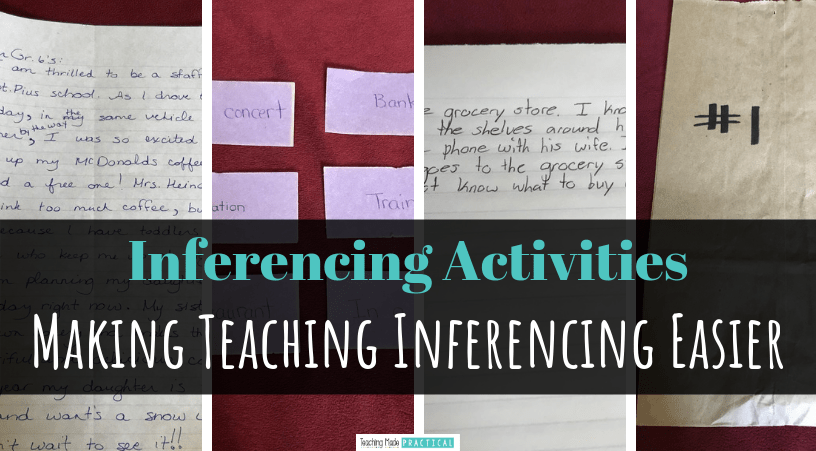
Written by Guest Blogger Kerry Heino
At heart, I must say that I consider myself more of a math teacher, stronger in the ways and means of teaching math concepts, but I do enjoy teaching inferencing strategies to my class. Over the years, too many to actually count, I have strived to make this unit more meaningful, but also fun, so that students carry this skill throughout their various subjects.
This post contains affiliate links. For more information, see my disclosure policy here.
So What is Inferencing Really?
Great question! Well it’s actually something that students do all of the time, without even realizing it.
SCHEMA - our mental “filing cabinet” of everything we have experienced and know about
+
CLUES FROM A TEXT -what are things from the text that stand out? Why do they stand out? How can we use them?
=
AN INFERENCE!!
I Know What Inferencing Is - How Do I Teach It?
1. Getting Started
First and foremost, you need to make your students feel comfortable with this topic, so don’t make it so “educational.” I know, I know, we’re teachers. What we do within those school hours should be “educational.” Sometimes we scare our students away when things are too much about structured learning. The best learning occurs naturally. So we need to find a way to make inferencing less about structure and more natural.
I like to start with this fun activity that doesn’t deal with stories or books at all, but rather with simple pictures. I ask each student to look at the picture that I give to him or her (I hand these out randomly) and to tell what is happening in the picture. That’s it!
There’s only one small catch. Students need to explain each of their choices. How did they come up with this conclusion?
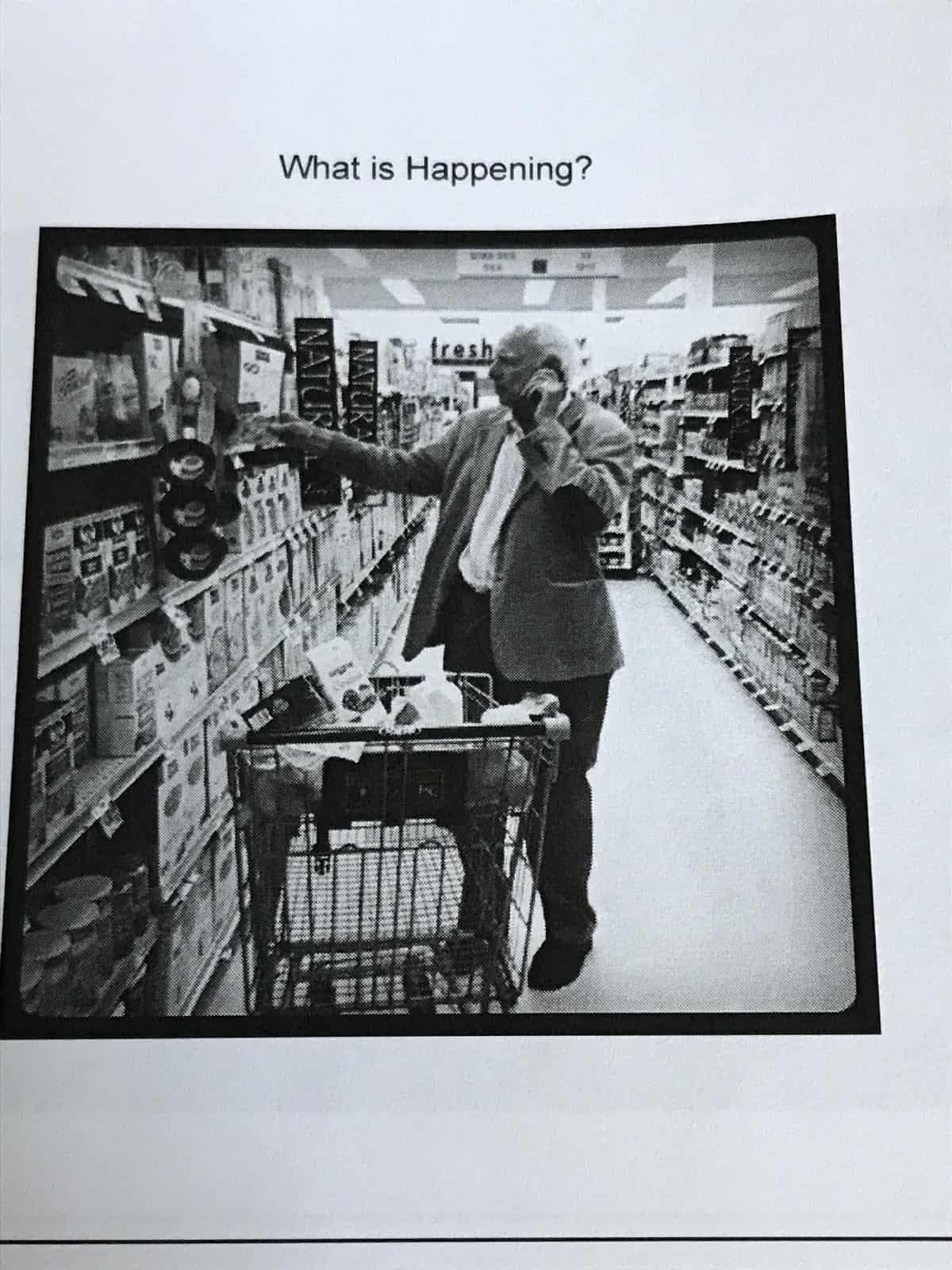
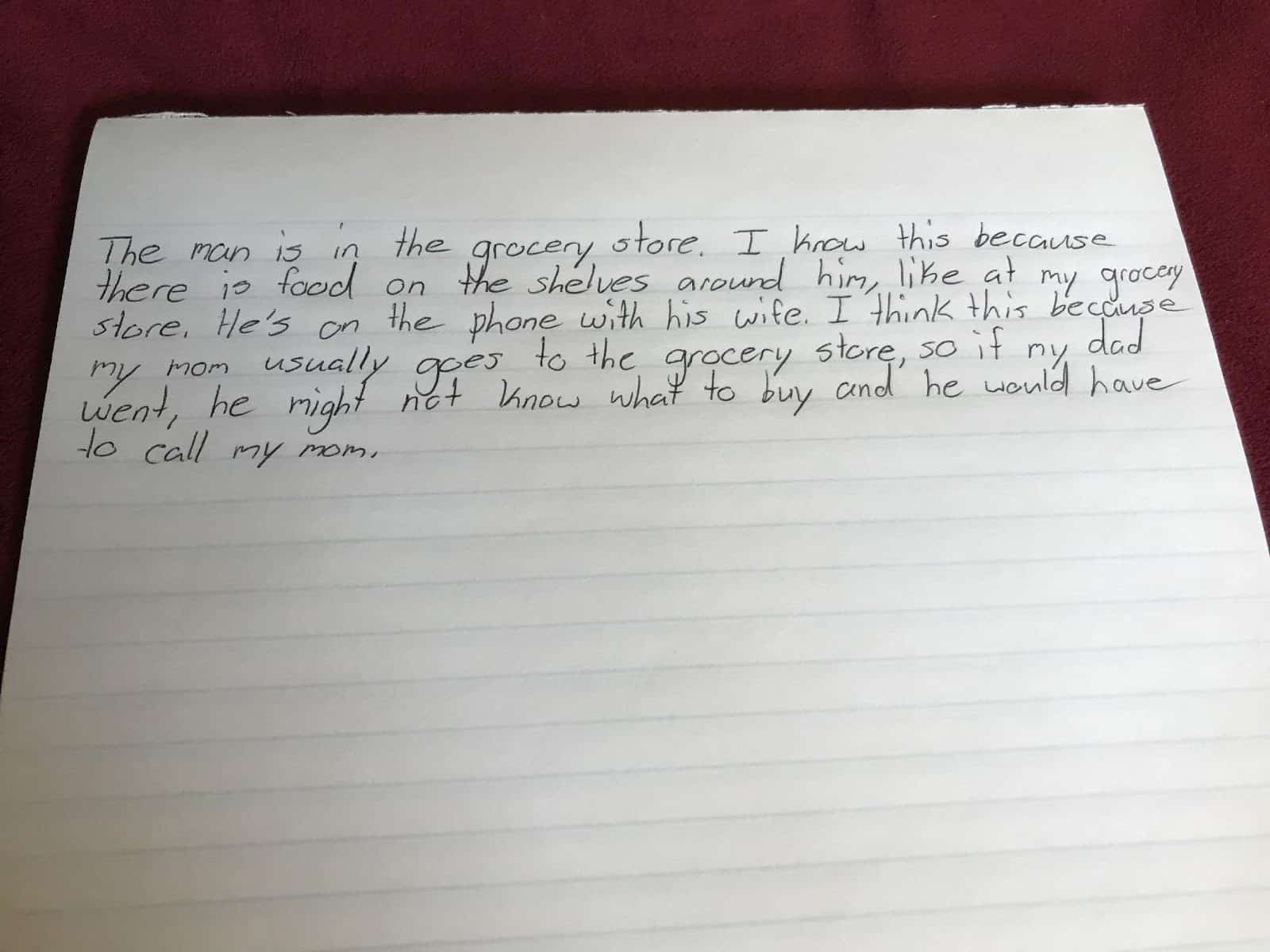
My students always like this activity because they have the chance to be creative, but also because each student has a starting point. For students who may need some prompting, you can ask them: What do you see? What do you think is happening? Why do you think this? How do you know?
I always give my students a chance to share their writing with the class. I put the pictures up on the SmartBoard so the class can see the picture as the student reads his or her ideas. As a teacher, you really get a sense of those students who naturally dig deeper and make strong inferences, and those that are just beginning to use this reading strategy. This actually took our class 3 days this year, because each student wanted a chance to share, and other students actively wanted to comment on ideas and show different viewpoints, depending on his or her own schema. It was a huge success!
I like to end this activity by co-creating a definition for inferencing, and having students write it into their Reading notebooks.
2. Now What?
Even after the initial activity and a discussion on what an inference is, students will still need time to perfect this skill. Practice is important, but make it fun so students stay engaged.
Paper Bag Activity: Each student is given a paper bag with a random item inside. They have to write 8 clues about this item, without giving away what it is.
When all bags are done, I pin them to the bulletin board with the clues below them. During free time, students get to go to the board and read the clues, making guesses for each bag.
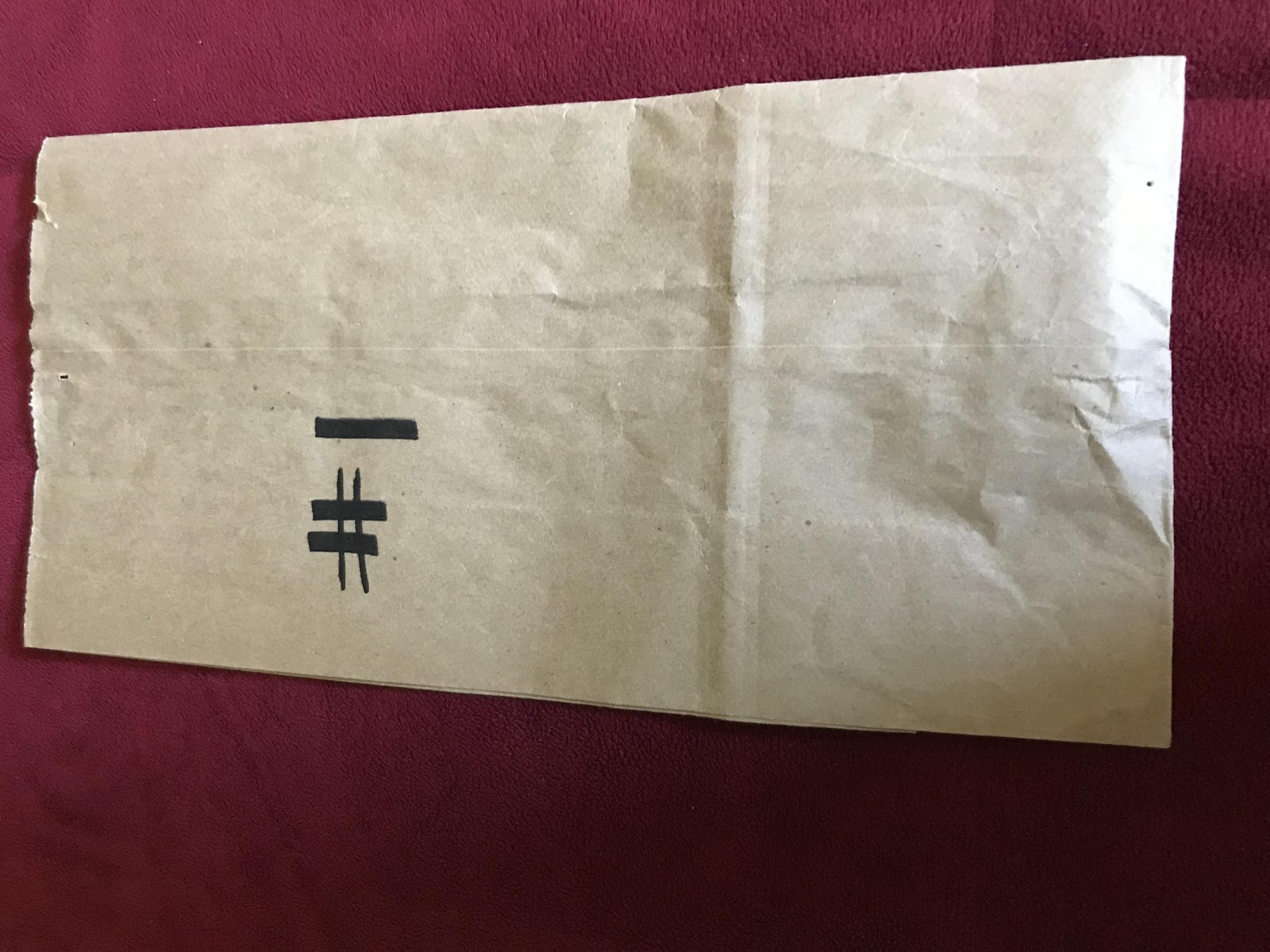
When everyone is done, we go through the clues together and reveal what items were in each bag. We then discuss how inferencing is used in this activity to help us make our decisions.
Mystery Letter Activity: For this activity, I get some staff members at my school to write mystery letters about themselves. The letters give clues, but nothing too obvious, as I want this to be a challenge for students to guess who the person is. With their guesses, students are expected to reveal what specifically led them to this conclusion.
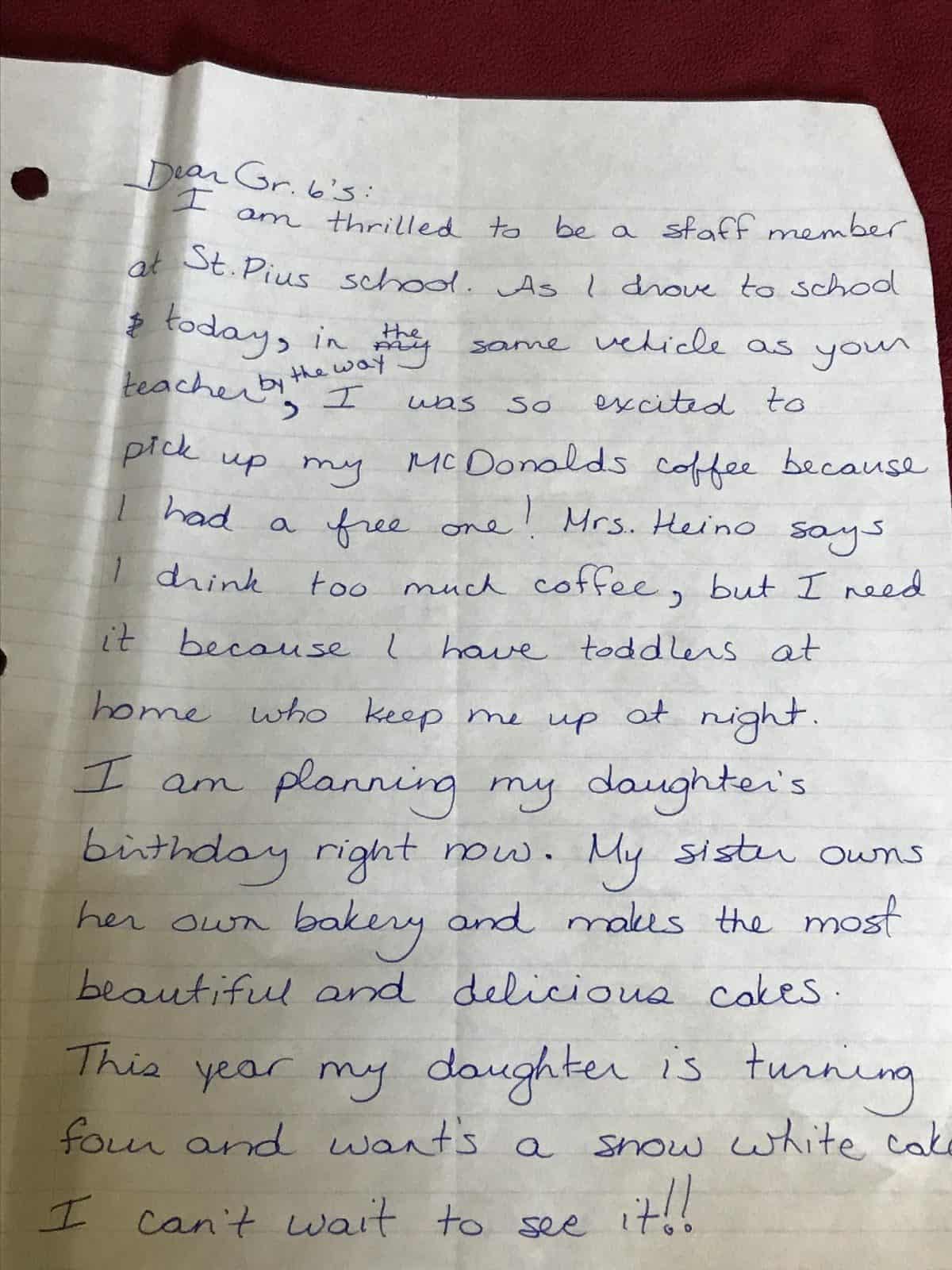
This last school year, I read one letter each day for one week. The students looked forward to this each day and I didn’t reveal who the mystery writers were until the last day.
Where Am I? Before involving actual texts, I like to do one final activity that’s fun, but also good practice as well. Each student is given a card with a location written on it. They are asked to keep this card secret, and to write a descriptive paragraph about the place, without giving anything away. Some students wrote their paragraphs from a different point of view, trying to make it more challenging.
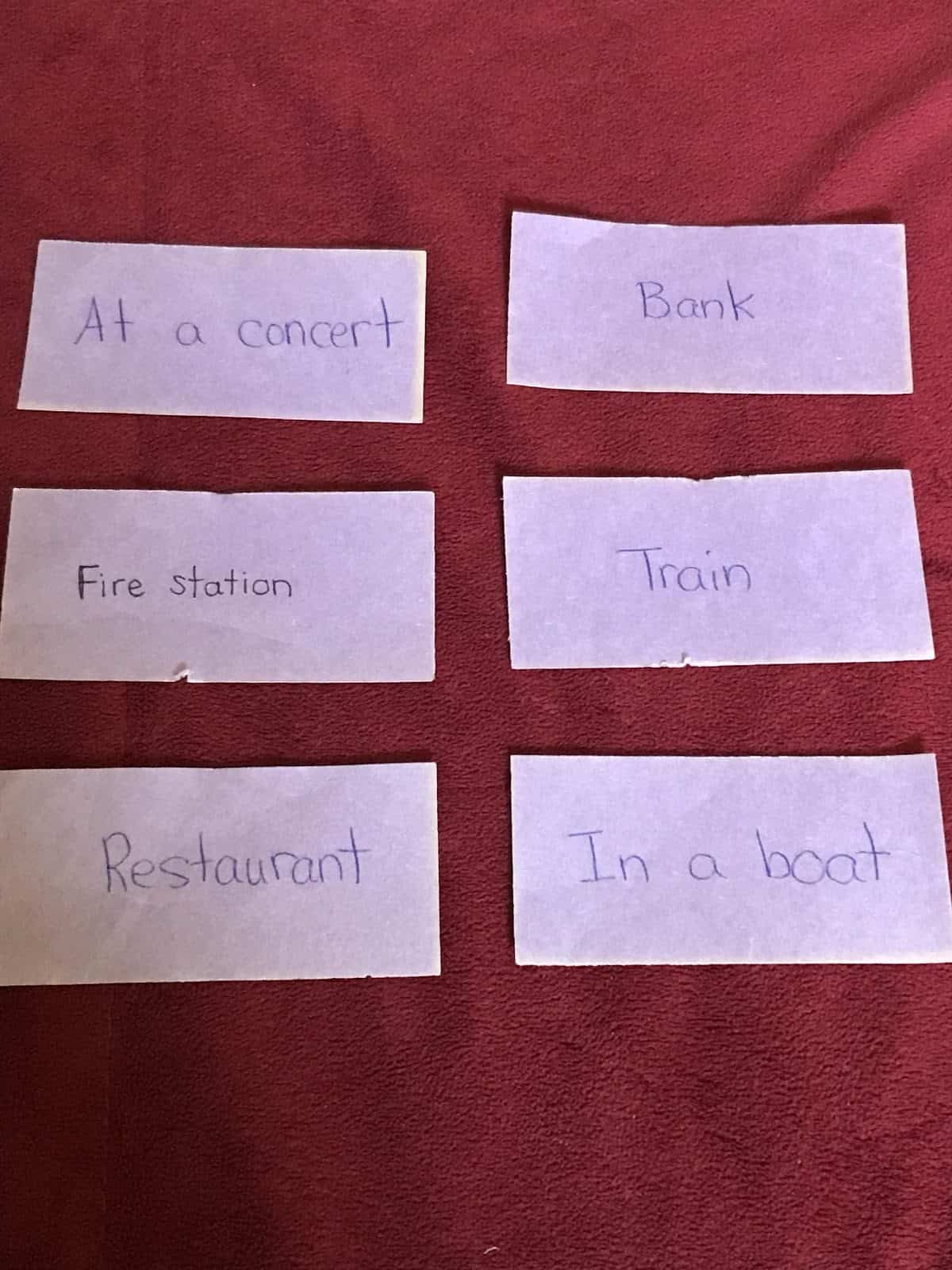
When they are done, I partner the students up. One partner reads his or her paragraph, while the other partner writes about where they think the location is and why they think this. Then they switch roles.
Students learn a lot about how to make their “clues” more challenging and how to use their own schema and these clues, to make stronger inferences.
3. Introducing texts for inferencing:
The texts you choose to use for this skill are very important, and you know your students the best, so you should be the one to choose the stories. However, there are some books that seem to really help in teaching inferencing.
I love the author, Chris Van Allsburg, and use many of his books throughout my inferencing unit.
Two Bad Ants – I like to read this to my students, first without showing the pictures, to see if my students can pick up on the written clues, and then with the pictures, to reinforce their inferences.
(This is also a great book for helping teaching point of view.)
The Wretched Stone – This is a bit more of a challenging story, but can elicit some deep inferences. I read the story to the class and have them make an inference about what the stone is and why they think this. We then share our ideas as a class, which can assist those students who may struggle to make a deep inference.
And that’s a wrap…for now!
I like to remind students that we are always inferencing when reading a book or watching a movie. We naturally use our experiences to take stock of the world around us. We use clues we see in a television show to “guess” what will happen next. This is all inferencing! So we never just pack it up and move on to something else. Inferencing should be weaved into everything we do in our Reading program, as well as in Science, Math, and many other subject areas.
Knowing how to make learning this skill interesting and fun, will help students to make stronger, deeper inferences, as they move along their educational journey.
Kerry Heino
Grade 6 Teacher
Thunder Bay, Ontario
You might also like these ideas and activities for teaching main idea.
Never Stress Over Sub Plans Again!
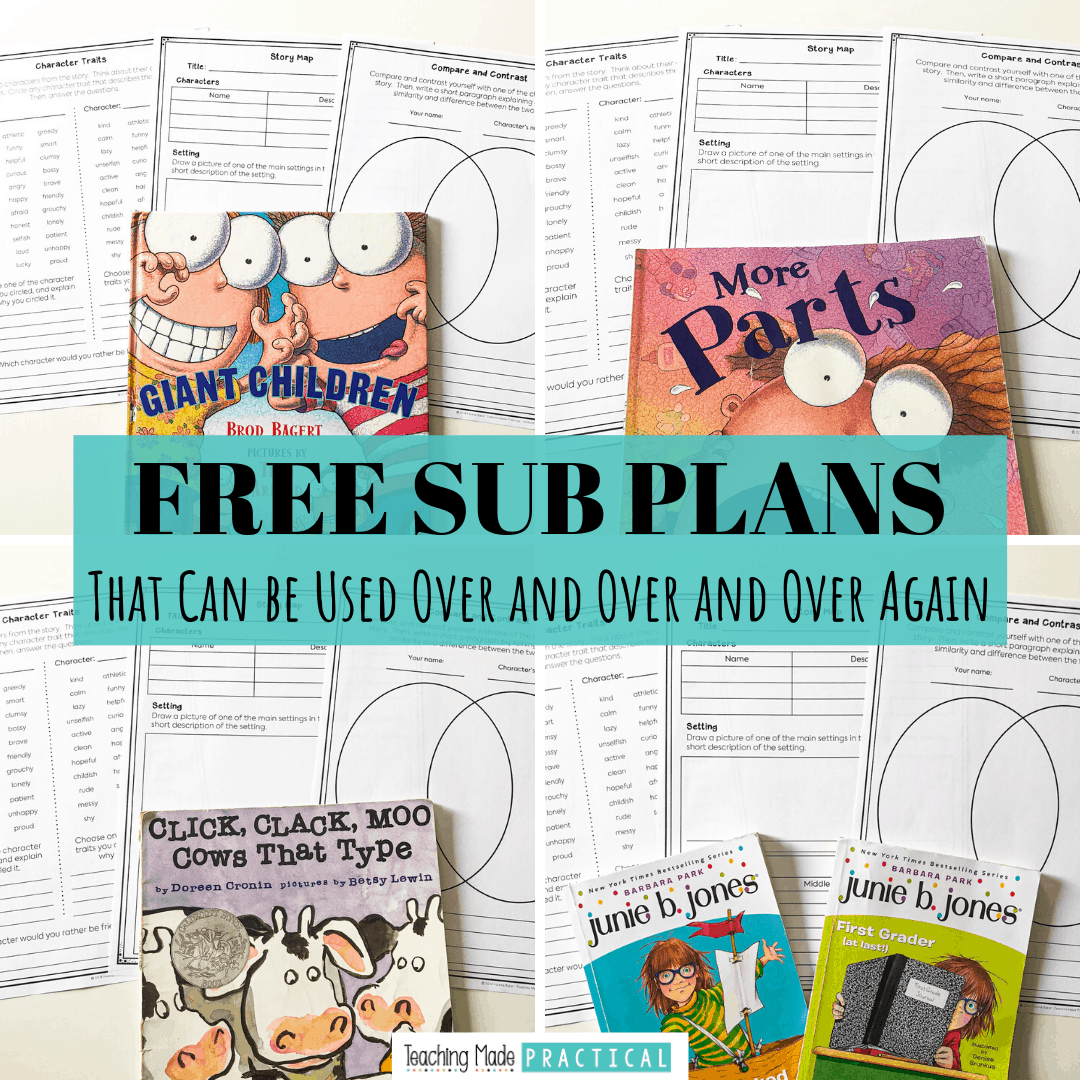
Make copies, find a fiction book, and you'll be ready for any emergency that comes your way!


